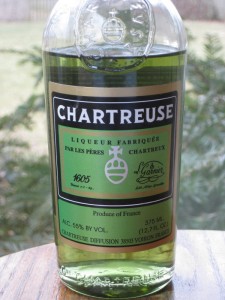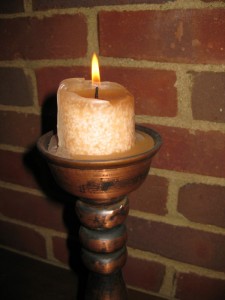The hate spilling into public spaces and political discourse in this country feels to me like a flash flood these days. I knew that river was there, but as long as it kept within its banks I could approach warily and life continued as usual. But now bridges are washed out and the angry torrents are sweeping through all kinds of communities.
It’s frightening to see.
All that anger, all that fear, directed at some evil “other,” is a horrendous force. When some other person, or institution, or ideology comes to stand for everything we detest, we lose the ability to think rationally about the dynamic we’re engaged in.
Things become artificially simple when we disregard the humanity of the other person. It unleashes the darkness within us. When that happens, we lose our own humanity and evil prevails. Jesus was truly looking after us, speaking out of love and concern, when he said “Love your enemies.”
We all need to be asking: What’s behind all the anger? What are we really afraid of? When someone in the media really pushes my buttons and I feel the swelling tide that wants to drown them out, what exactly is going on?
The true answers are not the huge concepts, not the vague generalities, but the specific and deeper things. Personal ones. What am I personally afraid of? What is the source of the anger that is mine?
If the enemy is painted large enough to be an easy target, we don’t have to be specific about what we’re fighting, or clear about what we stand for. To really know our enemy we have to understand who we are, and face what lies within us. That is the first fight, and the one that’s necessary for peace.




